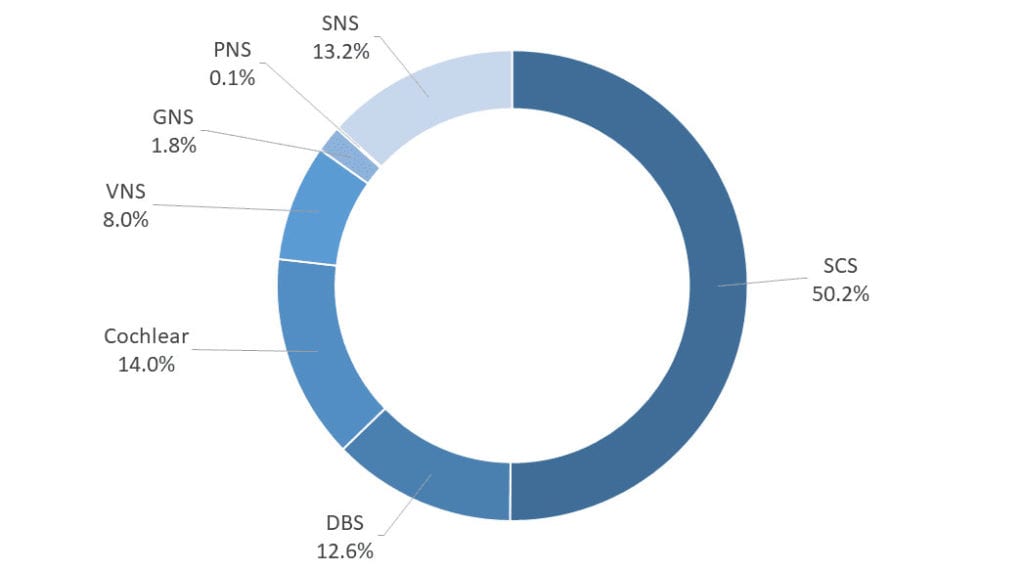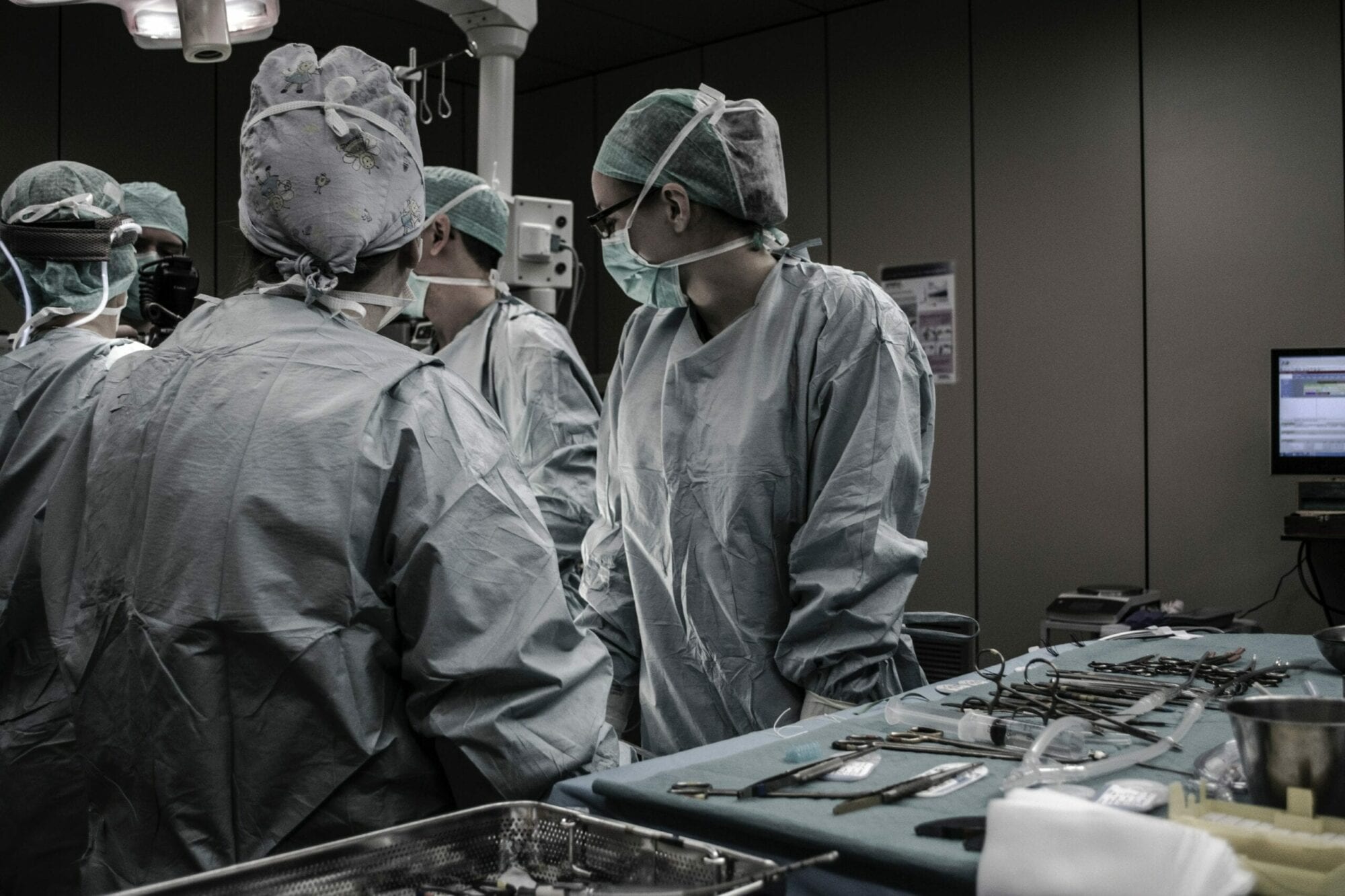Neuromodulation Devices are Changing Lives – Now is the Time to Innovate

The limitations and ineffectiveness of managing neurological disease with pharmaceuticals has created opportunities to improve patients’ lives with medical technology.
Using medical devices to manage neurological disease is not new. In the 1960s, the first neuromodulation device, a deep brain stimulator (DBS), was developed for the treatment of intractable pain. This pioneering device paved the way to today where now, sixty years later, neuromodulation devices are commonly used to manage some of the most debilitating neurological conditions.
Neurological disorders affect hundreds of millions of people globally, impairing the quality of life of those who live with them. Often these diseases are managed pharmaceutically, but there are limits and dangers associated with chronic drug use. For example, Parkinson’s disease is commonly treated pharmaceutically by levodopa, a natural dopamine precursor. However, patients can become resistant to the drug, rendering it useless. In addition to drug resistance, there are harmful side effects to long-term drug use, most notably related to chronic pain.
Medical devices give patients and doctors a welcome alternative to pharmaceuticals in treating neurological conditions. In fact, new indications for use coupled with technological innovation have expanded the accessibility of neuromodulation devices. This is giving an increasing population of patients means to alleviate the symptoms of their conditions.
In short, the demand for effective solutions has attracted a growing number of companies that continue to innovate neuromodulation technologies and improve the lives of people across the world.
An Expanding Market for Neuromodulation Devices
The annual burden of neurological disease in the US is estimated to exceed $800 billion. Below are some of the most prevalent neurological conditions that are managed with neuromodulation devices, alongside the number of people in the United States who suffer from them:
- Chronic pain: Between 20% to 40% of adults suffer from chronic pain, totaling 51 to 101+ million people
- Epilepsy: More than 3 million people diagnosed
- Parkinson’s: Approximately 1 million people have Parkinson’s disease and associated impairment of fine-motor skills
- Essential tremor: This is estimated to affect 7 million people
The US market for neuromodulation devices was valued at $2.9 billion in 2019. By region, the US is the largest market for neuromodulation devices, with an estimated market share of 51% of global device sales.
Two factors have contributed to the large volume of neuromodulation devices sold and implanted in the US each year.
- Prevalence of neurological disorders. As the third most populous country in the world, the US has a greater prevalence of neurological disorders among its general population.
- The burden of chronic pain. Spinal cord stimulators (SCS) have found great success as an alternative to pharmaceuticals for the management of chronic pain
The Broad Reach of Neuromodulation Devices
There are more than half a dozen types of neuromodulation devices. Some product types, such as DBSs, are approved for the treatment of multiple disorders.

Figure 1: Neuromodulation Product Types and Indications for Use
By product segment, sales attributable to SCSs account for the largest share of neuromodulation device sales in the US. Chronic pain is a major contributing factor to this sizable share attributable to SCSs. Currently, there are more than a dozen SCSs that have been approved or cleared by the FDA.
Other neuromodulation product segments with significant market share include:
- DBSs
- Sacral nerve stimulators (SNSs)
- Vagus nerve stimulators (VNSs)
- Cochlear implants
We estimate that peripheral nerve stimulators (PNSs) and gastric nerve stimulators (GNSs) account for a combined market share of less than 2%.

Figure 2: US Neuromodulation Market, Share by Product Type
Competitive Landscape
At the time when this research was conducted, Jaunt discovered 31 companies developing and commercializing technologies for the neuromodulation devices market – but that number continues to increase. The MedTech giants – Abbott, Boston Scientific, and Medtronic – account for the majority of total product sales. However, the neuromodulation market remains accommodating to new competitors with the right solutions. New indications for use and technological innovation have created plenty of opportunities for companies seeking to enter the market.
Increasing Demand for New Technology
Neuromodulation devices are becoming more accessible to patients suffering from neurological diseases. Short of a cure, these devices allow patients to better manage the symptoms of their condition and improve their quality of life.
There are many new technologies currently in development for new and existing neurological indications – which produces both excitement and opportunity for patients, healthcare providers, and MedTech companies. However, the clinical need continues to build for solutions to some of the most challenging and debilitating neurological diseases. Millions of patients eagerly await the next generation of technologies from MedTech innovators.
For more information on the neuromodulation devices market, please contact us or send an email to intelligence@jauntup.com.




